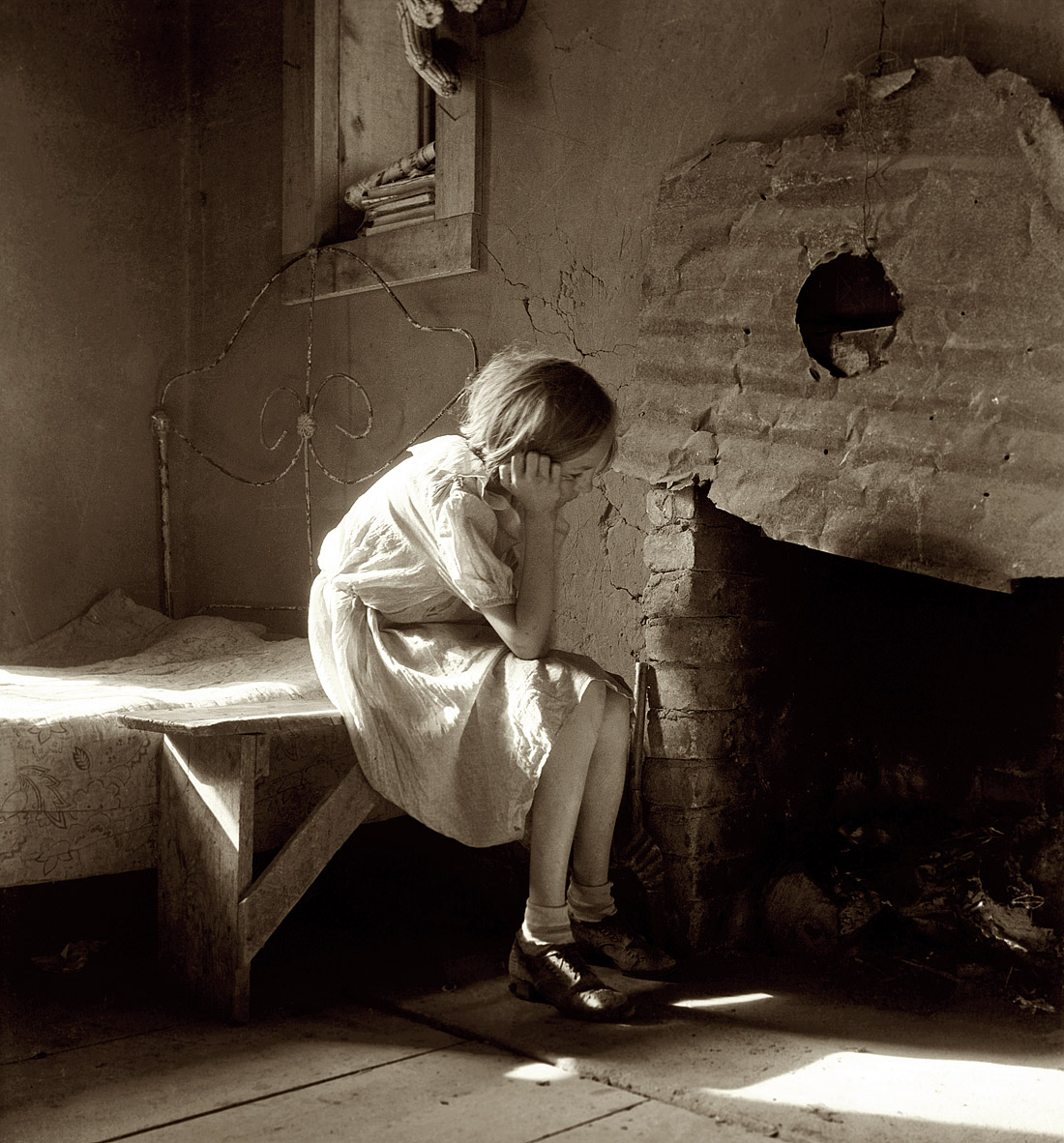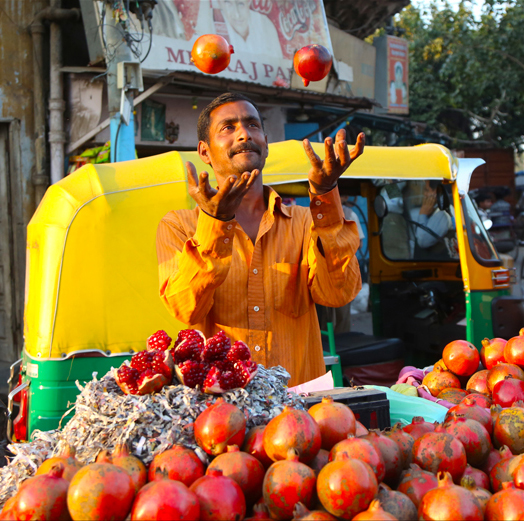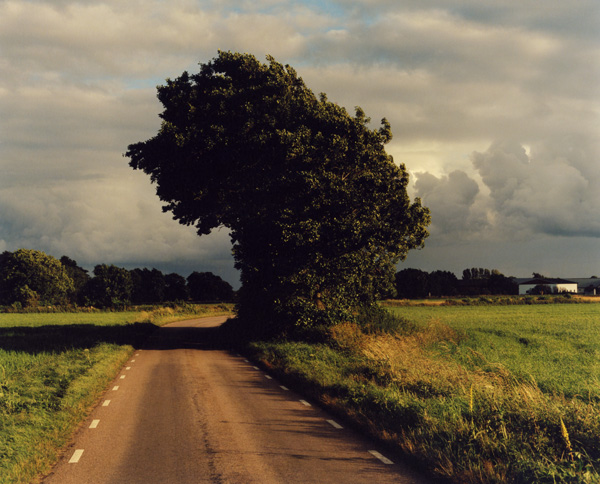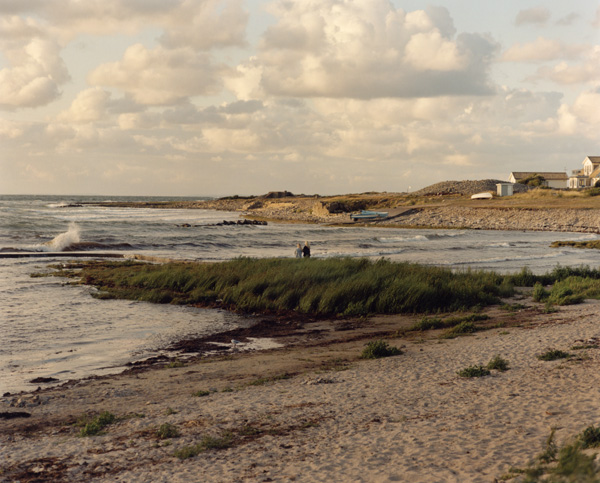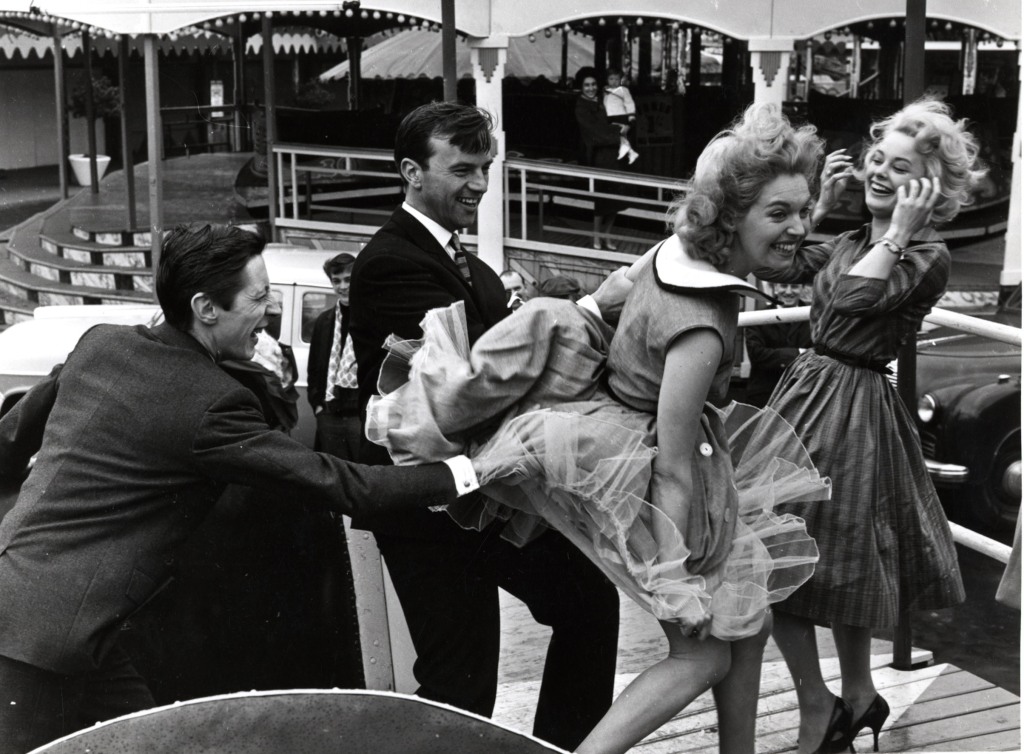
I just discovered John Bignell in this post on The Library Time Machine website. It has more on Bignell’s work here and here. The reaction of the woman on the right is exquisite.
Archives for 2015
posted in March, 2015
today’s daily snap: in bodh gaya, india
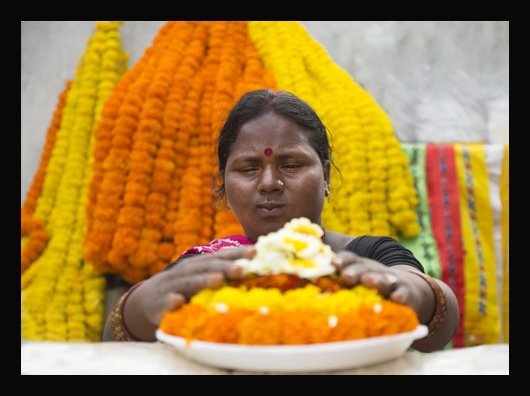
In Bodh Gaya, snapped by Grant Faint, who writes:
Buddhist pilgrims from around the world journey to this town to the spot where Buddha sat under a huge tree for 40 days and nights and developed the concept of dharma (cosmic law and order). This lady prepares flower offerings for the faithful to buy.
james lowther in d&ad: the copy book
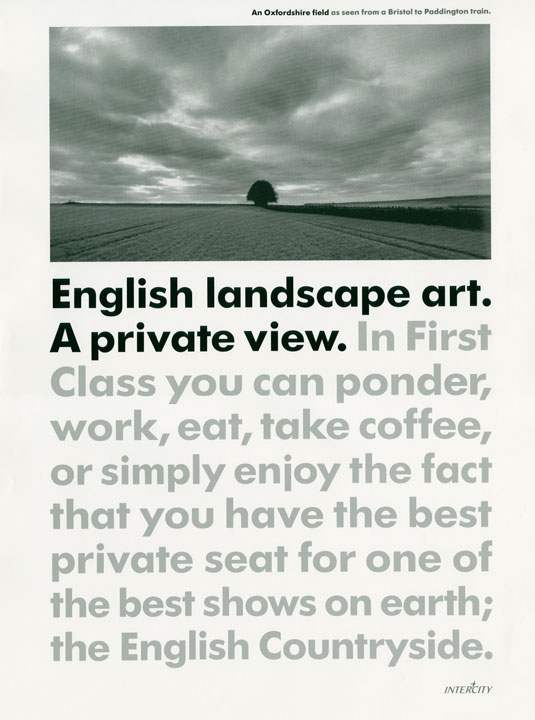
This 1990 Intercity ad is one of the smartest, most beautiful print ads ever imagined and published. In D&AD: The Copy Book, its copywriter James Lowther talks about the challenges of writing the ads in this campaign.
When I did the Intercity press ads, Alex Taylor’s brilliant layout was done in such a way that meant not only that every ad had just nine lines of copy but also every line had to have between 20-24 letters. I did also point out that Shakespeare did not labour under such typographical tyranny, but I gave it a go.
It was incredibly hard work and took twice as long as a long piece of copy. But it was worth it.
In the updated 2011 version of D&AD: The Copy Book, Lowther writes an addendum to his original entry on the art of copywriting in the 1995 edition of the book.
10. Addendum
Since I first wrote the above, something has happened. People don’t seem to care much about copy.
Teams often don’t say which one is the copywriter. That’s great if it means both can write. Not so great if neither can.
Words are important. Someone’s got to care about them. Spell them right. Craft them into sentences. And get them set in a way that shows you want people to read them. Not just to fill in a space at the bottom of the ad.
Want to be a copywriter? Well you could do worse than learn to write copy.
Yes, yes and yes.
new site photos: the latvian national ballet
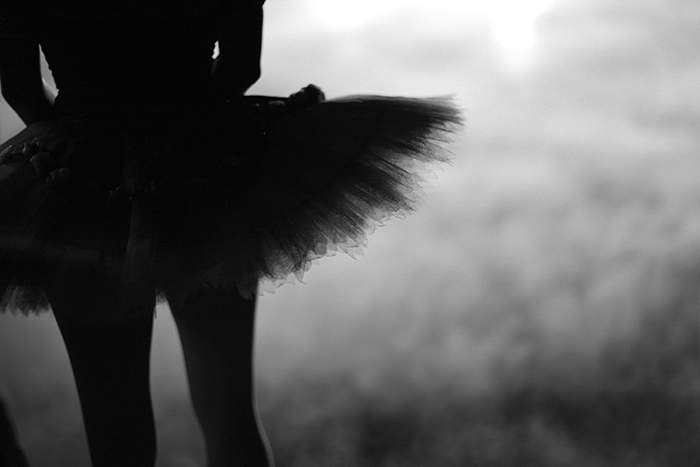
New photos on the site are of dancers from the Latvian National Ballet, shot by Anna Jurkovska. Anna lives in Riga and is working on a longterm project documenting the company backstage, in rehearsal and in performance. The project, which she hopes to publish as a book, is called Sotto Voce. Anna has posted a lot of her project photos here. She has also photographed the Latvian National Ballet’s performance of Swan Lake, which you can view here. You should take a look at her photos of India, too.
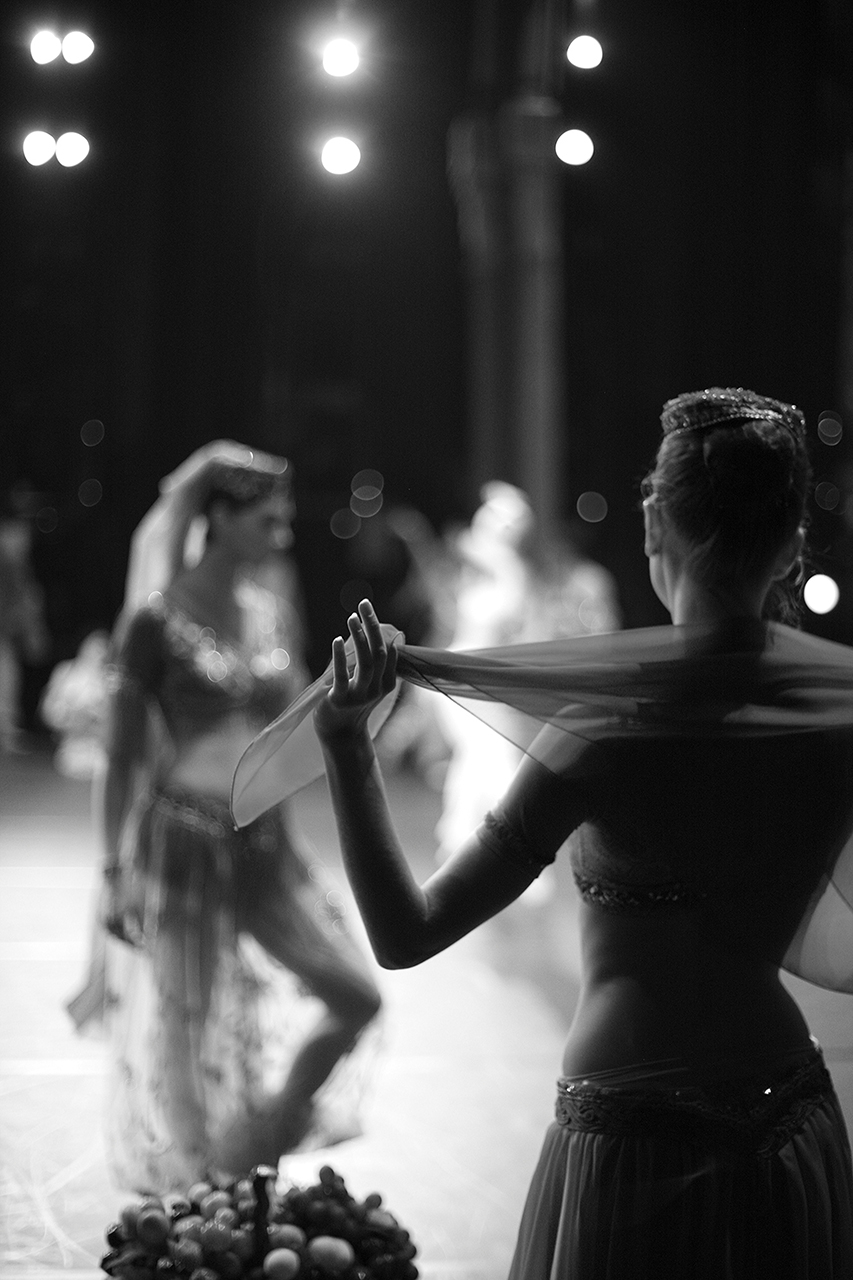
today’s daily snap: in uzbekistan
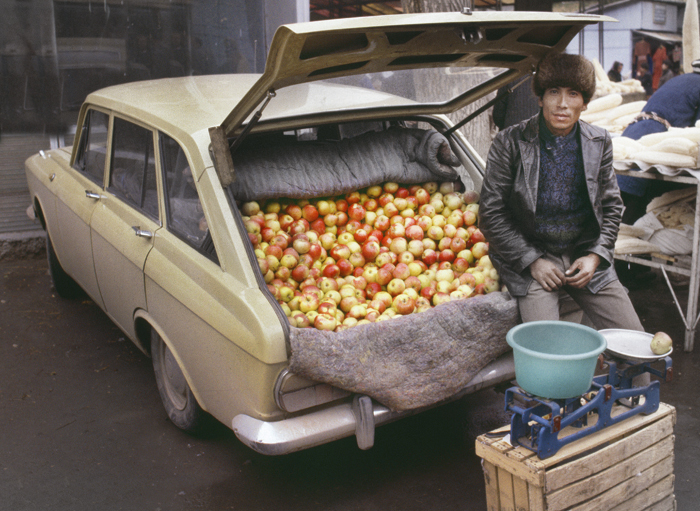
Selling apples in the republic of Uzbekistan. Snapped by Grant Faint.
helle hansen: streets of venice
This song is stellar. I just heard it on Copenhagen’s P2 radio — it’s at 22:17 on the playlist. P2 has a great website — you can listen to a live stream of P2 or play individual tracks and programming long after their original broadcast dates.





